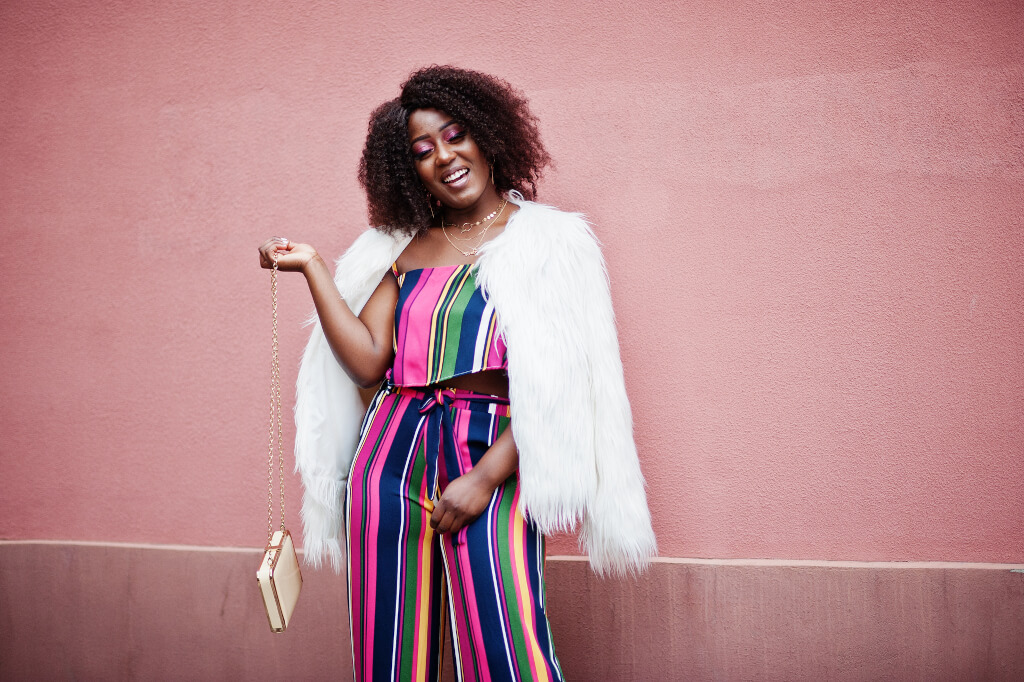Men have a surprisingly long history of embracing high heels, contrary to the common belief that these shoes were primarily for women. The trend dates back to as early as the ninth century when Persian cavalrymen donned elevated heels to enhance their equestrian skills. These initial heels served a practical purpose, providing stability and preventing the rider’s feet from slipping out of the stirrups during intense battles.
Centuries later, the West was captivated by the footwear worn by Persian envoys, and high heels swiftly became a symbol of affluence and prestige among European nobility. This fascination with elevated footwear among men gradually evolved into a fashion statement and a declaration of wealth. The term “well-heeled,” signifying financial prosperity, is believed to have its roots in this historical association with high-heeled shoes.
Louis XIV of France, a prominent figure known for his grandiose tastes and impeccable style, notably embraced the idea of height-boosting footwear. Standing at a relatively modest 5 feet 4 inches, Louis frequently sported elaborate four-inch heels adorned with intricate battle scenes, not only to add stature but also to reinforce his regal presence. His preference for striking red heels later became a symbol of aristocracy, setting apart the privileged from the commoners.
The transition of high heels from a predominantly male accessory to a symbol of feminine empowerment began in the 1600s. Women, seeking to adopt masculine attributes, donned heels to express their independence and challenge traditional gender norms. However, this trend eventually transcended class boundaries, leading to the popularization of high heels among the working class. In response, the upper classes elevated their heels even further, distinguishing themselves from the masses and solidifying high heels as a mark of social status.
Despite their initial popularity, the impracticality of high heels, especially on rugged streets, led to a temporary decline in their use. Yet, with the advent of photography in the mid-19th century, high heels resurged in popularity, fueled in part by the risqué world of early photography, where high heels were frequently featured in provocative images.
The subsequent decades witnessed the cyclical rise and fall of high heels in fashion, with different designs taking center stage in various eras. From the stiletto’s iconic appearance in the 1950s to the block heel’s prominence in the 1970s and the resurgence of high heels in the ’80s and ’90s, these elevated shoes have continued to leave their mark on the ever-evolving world of fashion.
What You Didn’t Know?
Louis XIV’s Hygiene Quirks
Did you know that despite his lavish attire, King Louis XIV of France was not known for his hygiene? Louis rarely bathed, and it is rumored that he only took two showers in his entire adult life. Discover more about medieval bathing practices and the reasons behind their reluctance.
Isabella I of Spain’s Bathing Habits
Isabella I of Spain, a renowned historical figure, was reputed to have showered only twice in her lifetime—once before her birth and the other after her wedding. Learn more about the bathing customs of influential figures during the medieval era.
Distinguishing Platform Shoes
Discover the distinction between high heels and platform shoes. While both elevate the wearer, platform shoes maintain a uniform height throughout the footwear, unlike high heels, which have varying elevations at the heel.
High Heels and Pelvic Floor Muscles
Surprisingly, high heels may offer an unexpected benefit for women with stress incontinence. Research from 2008 suggests that high heels might assist in strengthening pelvic floor muscles. Explore the potential positive impact of high heels on women’s health.
Health Risks Associated with High Heels
Uncover the various health risks linked to prolonged use of high heels. From foot conditions like plantar fasciitis and heel spurs to more serious problems like knee arthritis and back pain, find out the potential drawbacks of wearing high heels regularly.
The Cultural Significance Debate
There’s an ongoing debate about the cultural significance of men’s high heels in different societies. While some argue that it was merely a practical choice for specific activities, others believe it had deeper cultural implications, signifying power and social status.
Gender Norms and Fashion
The discussion often delves into the role of fashion in shaping gender norms. Some argue that the historical acceptance of high heels in men’s fashion challenges conventional notions of masculinity, highlighting the fluidity of gender expressions across different eras.
Psychological Impacts of Footwear
The psychological impact of footwear, particularly high heels, is a subject of interest among scholars. Debates revolve around the effects of elevated footwear on confidence, self-perception, and the projection of authority or dominance in social interactions.
Economic and Social Implications
Experts discuss the economic and social implications of high heels in different contexts. The examination encompasses topics such as the evolution of the luxury footwear market, its influence on consumer behavior, and the role of high heels in perpetuating social hierarchies.
Contemporary Relevance of High Heels
The debate continues on the contemporary relevance of high heels in modern fashion. Conversations touch on the evolving perceptions of gender identity, the influence of popular culture, and the ongoing reinterpretation of traditional fashion norms in contemporary society.




